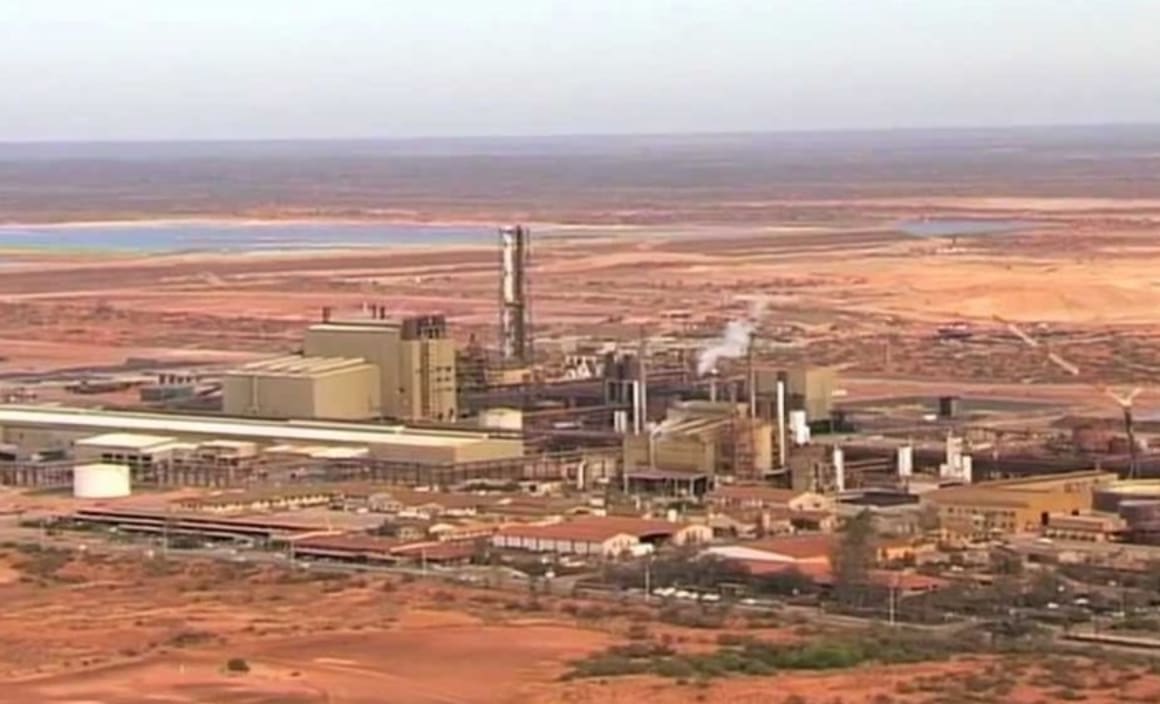A delicate re-balancing act: NAB's Alan Oster

GUEST OBSERVER
The rotation in economic activity towards the non-mining states is continuing, while conditions in mining states have become more challenging as commodity prices have fallen further.
• In terms of domestic demand, NSW and Victoria will be the most solid performers, with growth gradually improving.
Both will receive less impetus from housing activity and prices in FY 2016-17.
Notwithstanding this, our central case remains for solid (though unspectacular) employment growth and lower petrol prices to sufficiently support household incomes and consumption (despite ongoing subdued wages growth).
• The AUD is acting as a stabiliser, although the troubled global backdrop presents downside risk to all states and territories.
Further depreciation of the AUD to USD66c will continue to improve the competitiveness of export-oriented and import-competing firms to varying degrees.
This will be particularly helpful for services sectors, including those benefiting from tourism and international student arrivals such as hospitality, retail and education.
States for which tourism-related activity makes up a large proportion of the economy such as Tasmania and Queensland will be particularly supported.
Tourism and education are also bright spots for NSW, Victoria, South Australia and the NT.
While not our core view, a sharper global slowdown could lower demand for travel to Australia, education exports and Australian property, particularly if the household sectors in China and East Asia come under stress.
Queensland and the Northern Territory will outperform in terms of overall gross state product in coming years as LNG export volumes ramp up.
However the outlook for associated income and government revenue has deteriorated as commodity prices have dropped further, and any residual mining-related investment in the pipeline is unlikely to proceed.
Western Australia is more advanced into the mining investment downturn, with broad-ranging effects to continue across the states’ economy in 2015-16, before LNG export volumes come through in subsequent years, but to a lesser extent than previously forecast.
A restrained approach towards non-mining business investment is likely to persist across all states in coming years.
Recent equity market volatility and uncertainty about future taxation arrangements are likely to add to this air of caution, particularly given firms continue to demand a restrictively high rate of return on investment.
• An overview of the outlook for each state and territory is in the attached document. Links to individual handbooks for each state and territory are available at the links below.
• New South Wales will remain the standout in terms of domestic demand. Robust employment growth will be supportive of household spending, while business conditions and capacity utilisation remain elevated, particularly across services sectors. The challenge for NSW will be maintaining robust growth as momentum from the housing sector begins to fade through 2016.
• Victoria will also continue to experience solid domestic demand growth, and is also well positioned to take advantage of the lower AUD in its tourism and education sectors. Strong employment growth will support consumer spending, although there will be less impetus from the housing sector through 2016.
• In Queensland , the sharp decline in mining investment will be offset by exports, although lower LNG and coal prices will reduce the export earnings, profitability and government revenue. Meanwhile, key tourist destinations are benefiting from the lower AUD (with interstate visitor arrivals particularly strong). Domestic demand growth is slowly improving. More attractive rental yields and housing affordability than in NSW and Victoria are driving dwelling investment in Brisbane.
• Western Australia is well into the throes of the mining investment downturn, which is having a dramatic impact across many segments of the economy. Offsets from stronger mineral export volumes helped to prop up Gross State Product (GSP) growth in 2014-15, but big declines in state final demand have had a major impact on the state’s labour market and asset prices. These trends are expected to continue given the lack of momentum in non-mining sectors. A ramping-up in LNG exports in subsequent years should see growth lift, but by less than previously forecast.
• South Australia continues to underperform, challenged by unfavourable demographics and the structural decline of its manufacturing base. Business conditions remain weak, with the retail sector and some improvement in tourism rare bright spots.
• Tasmania – while the outlook has improved over the last year, thanks in large part to a pick-up in business investment and strong domestic tourism, recent data suggest that the recovery may be losing a little steam.
• Australian Capital Territory – the economy is gradually recovering from the recent fiscal tightening and public sector job cuts. The labour market has shown promising signs of improvement, and together with a modest pick up in population growth will support household consumption and dwelling investment.
• Northern Territory - Growth will remain strong in coming years as the Icthys LNG project commences export. Medium-term the economy will struggle to replace this source of income and employment, despite the lower AUD supporting tourism.